Milan Design Week 2024: Ruffino Celebrates the Legacy of Oro Chianti with a Golden Exhibition
Six artists explore the power of gold in one glowing installation
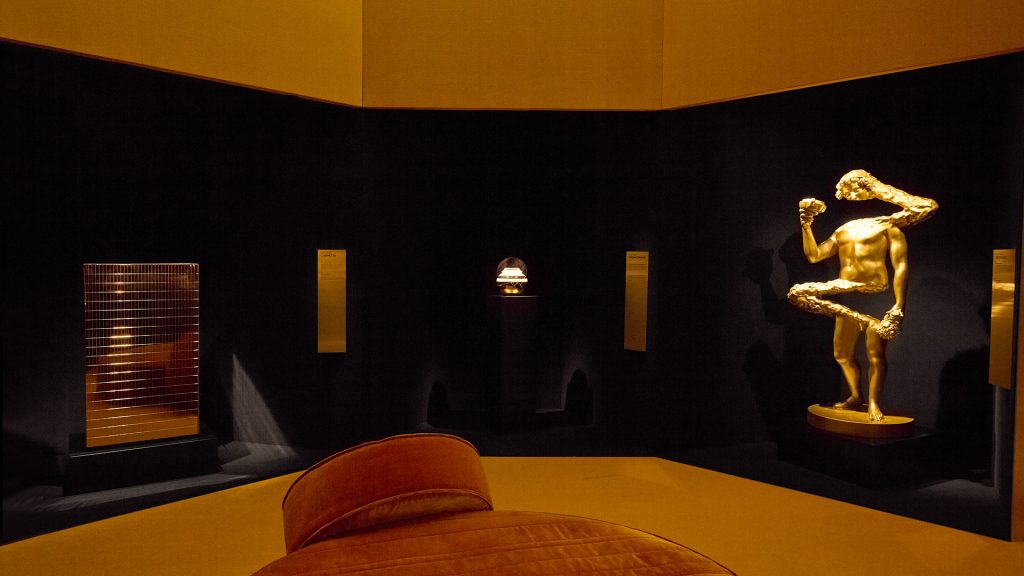
During the recent events of Milan Design Week, walking up the steps to the Dazio di Levante building, next to the Arco della Pace at the Piazza Sempione, visitors were able to enter Ruffino Estate’s Oro Salone del Mobile exhibition, where the Tuscan wine brand revealed six golden visions—entitled ORObyRUFFINO—inspired by their flagship liquid, Riserva Ducale Oro Chianti. The bottle itself was displayed in a mirrored infinity room for a dazzling viewing of the star of the show.

The exhibit celebrates the legacy of Ruffino Chianti in conversation with Italian art and design. In an immersive circular space, with the works facing each other, six artists explored the theme of gold from their distinct perspective—whether that’s gold as a valuable metal, a metallic hue or a significant, historic material. Filippo Caradini presented a mirrored cabinet, Tristano de Robilant surrounded a mound of gold with hand-blown amber glass, Ettore Marinelli debuted a Dionysius sculpture he calls “Oro Fuso,” Rachel Lee Hovnanian adorned a marble table with gold accents, Officine Saffi Lab’s created a reflective ceramic form called “The Gold Fever,” and Chiara Lorenzetti’s presented her kintsugi bowl “At(o)mosphere.”

Inspired by his travels in Greece, Marinelli’s sculpture portrayed Dionysius the Greek god of wine and ecstasy. Though he often works in bronze, for Oro Fuso he worked with resin and gold paint. The work shows dynamic movement in the obscuring of the body, as if he has been shot from two directions or is in a time machine. Another interpretation might be that the body is being pulled into the past and the future at the same time with gold crystalizing him in the present moment. As the only piece representing a human figure, Dionysius faces out toward the other works, inviting conversation about how each artist conceived their contributions to the exhibition.

Working with Carrara marble sources in Italy, Hovnanian made a small marble table. The artist traveled to the quarry to choose the exact piece of marble she wanted to work with. The gold was sourced from a family member in Florence who owns a jewelry business. Regarding the proportion of the small size of the table, Hovnanaian wanted to invite viewers to feel the intimacy of drawing close together to share wine and a meal. “That’s what it is about, human connection. That’s what is so wonderful about working in Tuscany. People take time to break bread,” she says. “Food and wine is part of my life. My mother always said food is love. That’s a perfect match for me.”

Working in Biella, Lorenzetti has become well-known for championing kintsugi, the Japanese craft of repairing with gold. With her original works focusing more on repairing to a full seamless and undetectable restoration, Lorenzetti was fascinated when she first encountered traditional Japanese technique. She traveled to Japan and studied with Hiroki Kiyokawa. “When I started in 2016 there was no one in Italy doing kintsugi. It changed the way I work,” she says. Lorenzetti describes the experience of learning the tradition and process as a revelation. She finds the journey to repair fragility to create something precious and unique fascinating.

The gold itself begins as a powder that Lorenzetti sources from Japan. She then embarks on the long process of transforming the broken pieces of pottery and power into a single form. Lorenzetti installed her kintsugi creation in the exhibit in front of a circular mirror to reveal a reflection of more surfaces of the vessel, as well as glimpses of the five other works. Including a kintsugi focused work in the exhibition offers a clear representation of the transformative power of gold.

Just a few nights before, we observed—while standing on the vast stone terraces of Ruffino’s 11th century home, Castello di Montemasso (a former monastery)—that the sunset glowed a warm golden hue across the Tuscan valley. Ruffino was founded in the heart of Tuscany in 1877, by Leopoldo and Ilario Ruffino. They dreamed of producing wine that would be enjoyed around the world. The company now has estates across Tuscany’s leading appellations including Chianti Classico, Montalcino and Bolgheri. With its iconic gold label their Riserva Ducale Oro Chianti has become a sought after vintage and symbol of their prized Tuscan wine making achievements.

“Ruffino is writing an exciting new chapter in its history,” says Sandro Sartor, President and CEO of the brand, regarding their efforts during Milan Design Week, where the golden bottle display, artistic works and video installations tell an intoxicating story. This celebration of their idealized vision of Chianti Classico reveals how the Ruffino winemakers carry these traditions and passions into the 21st century.
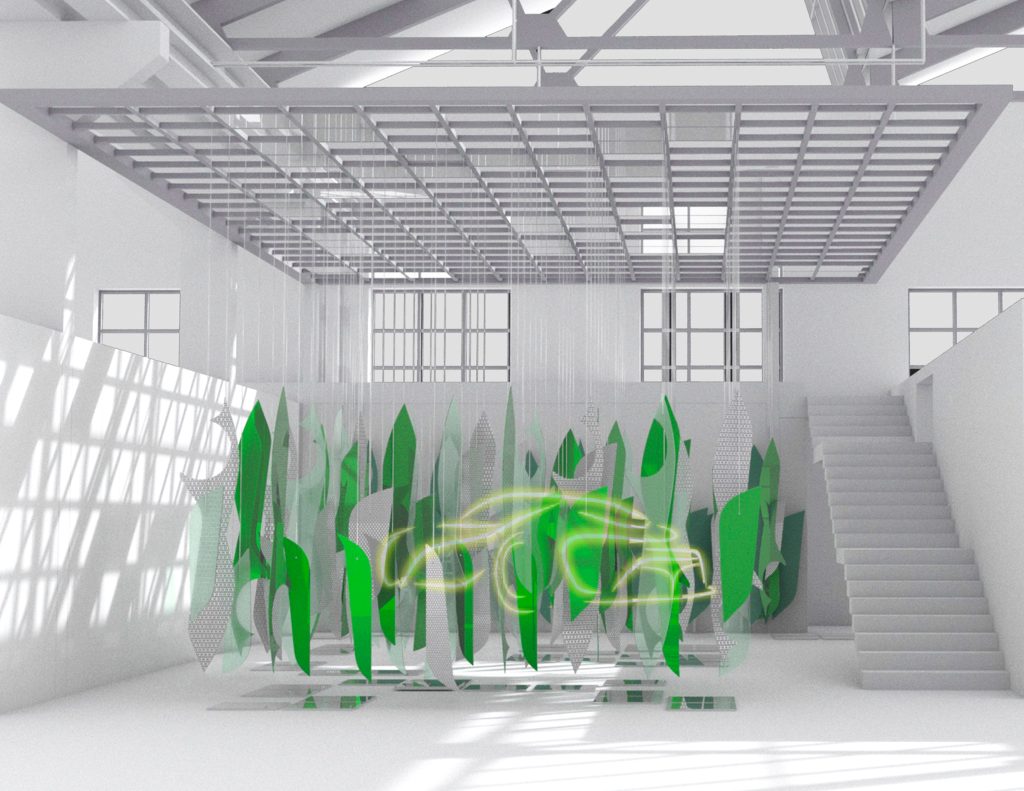
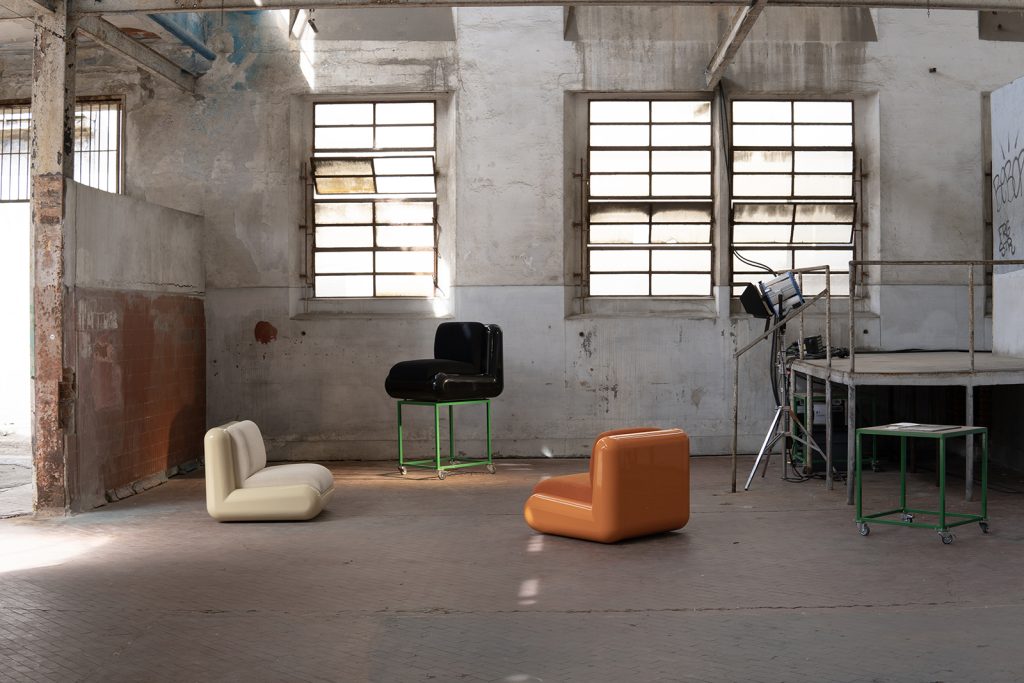
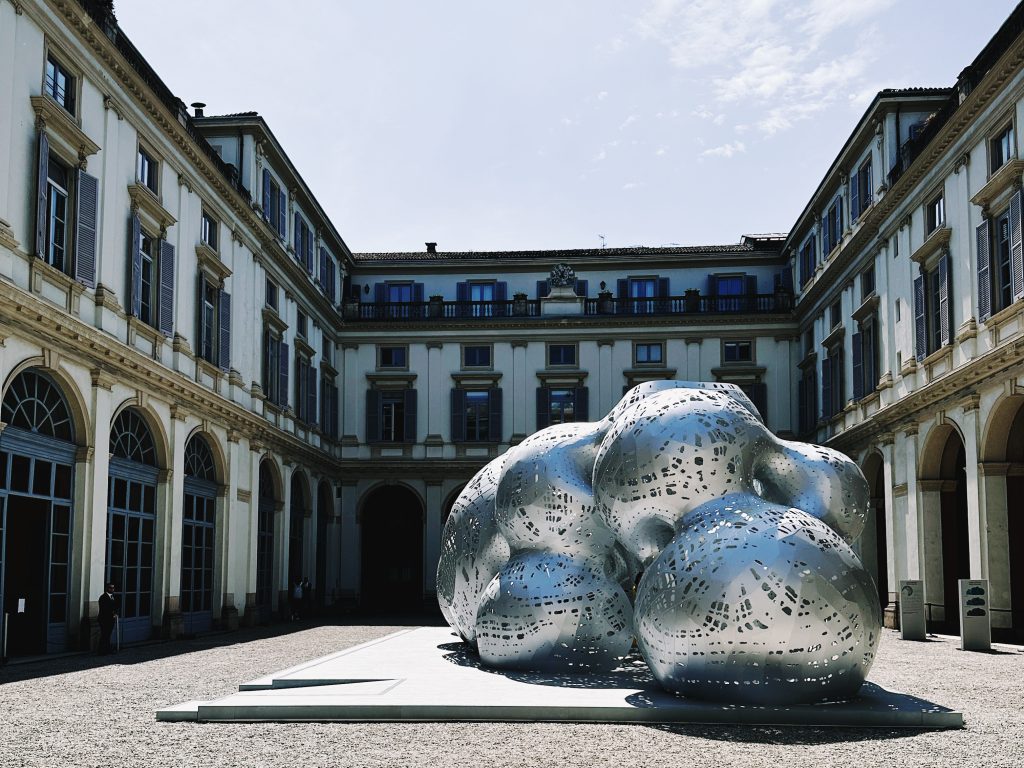
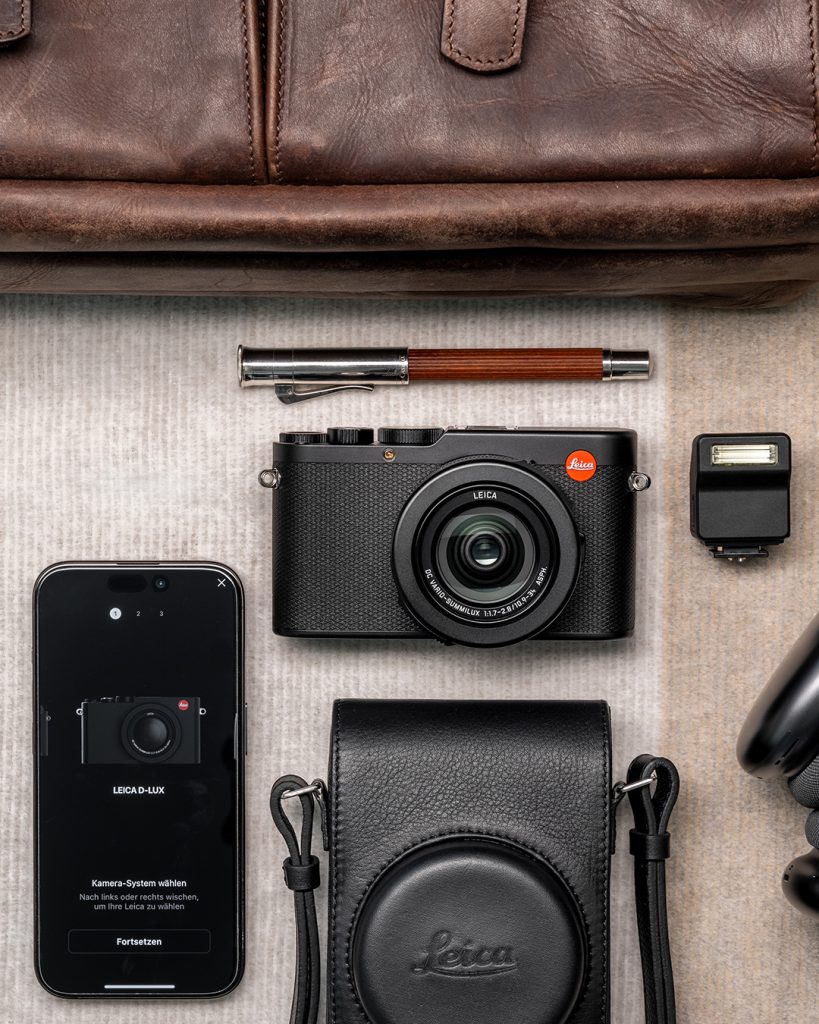
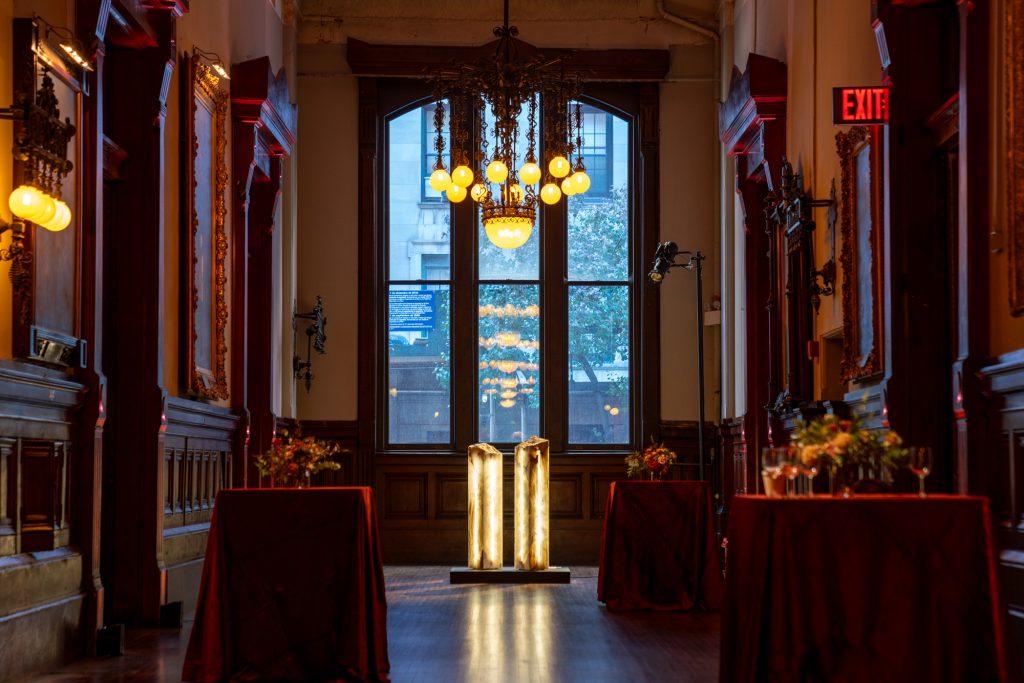

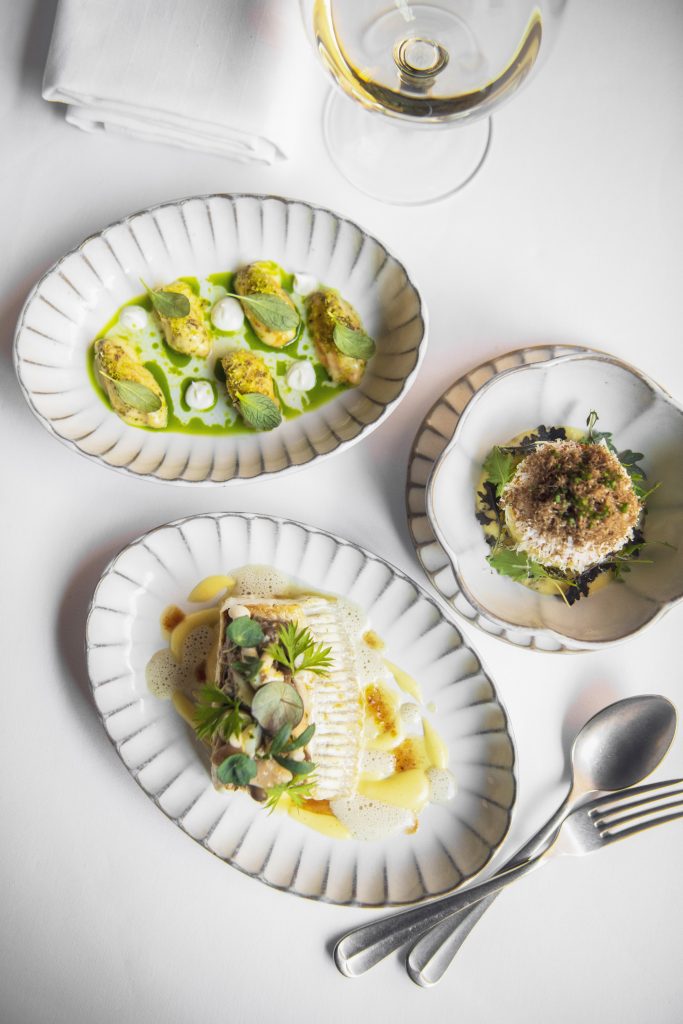


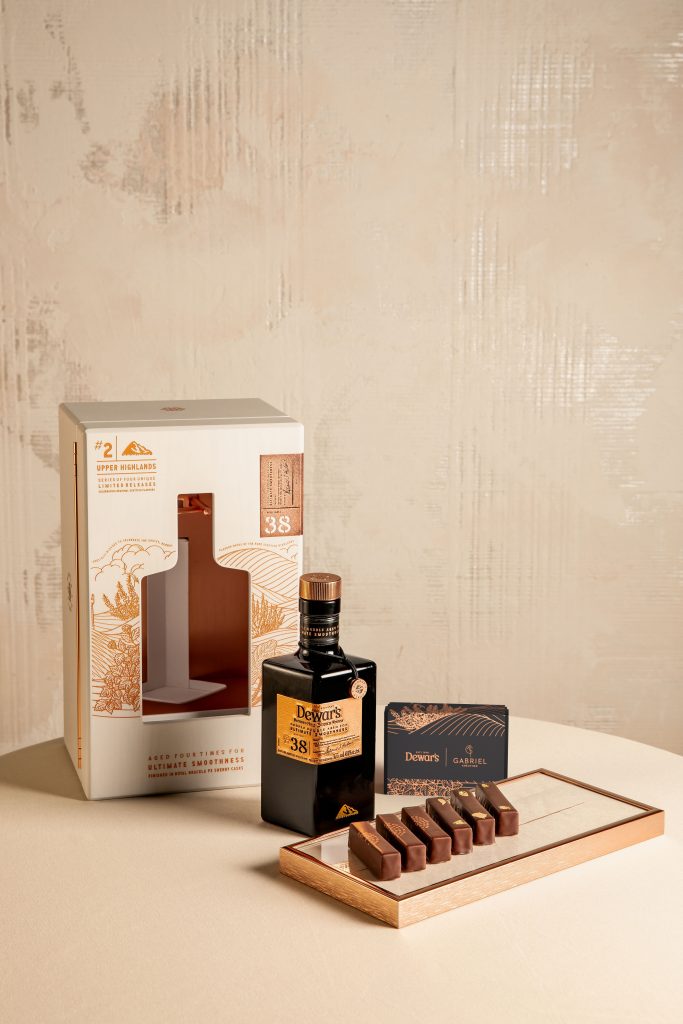
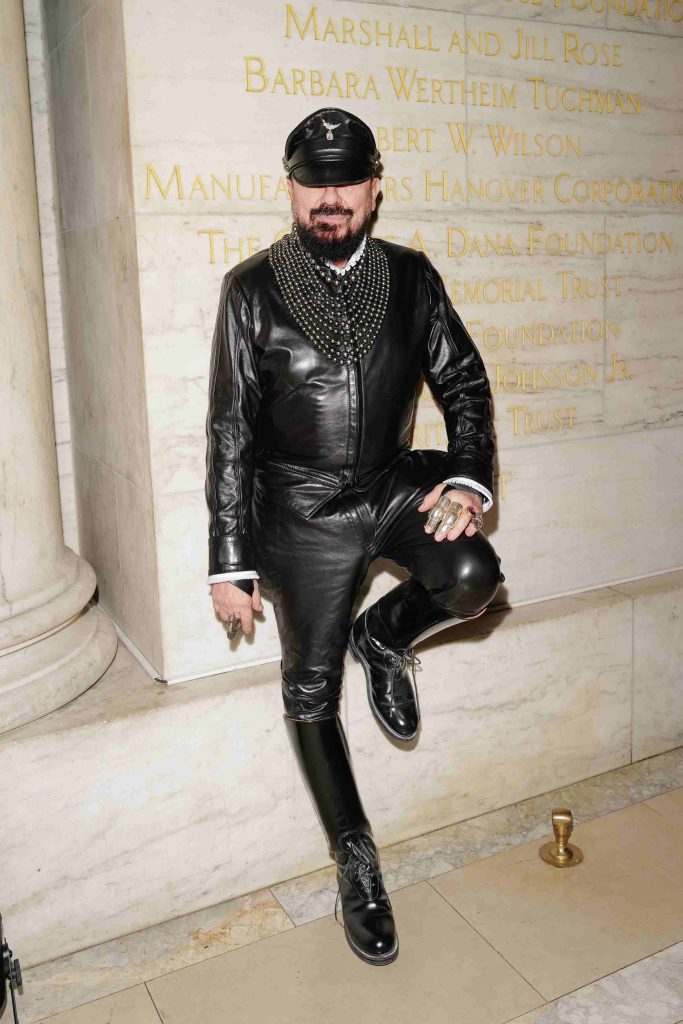


What are your thoughts?